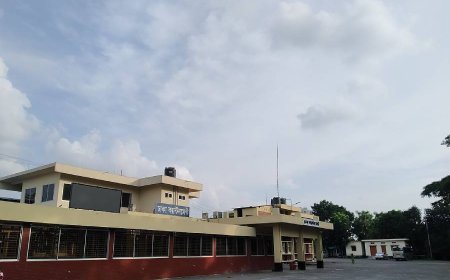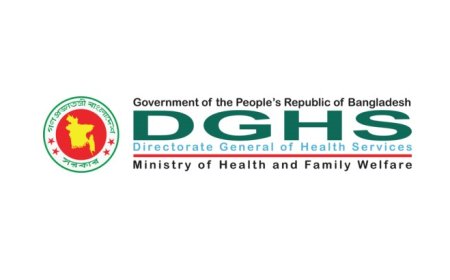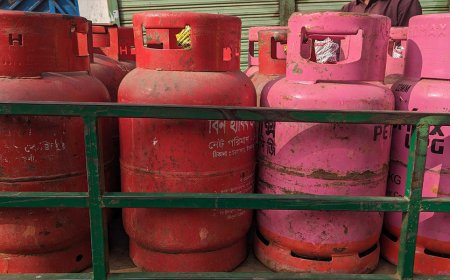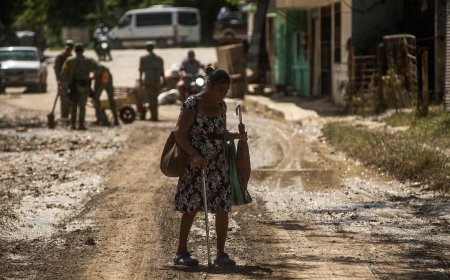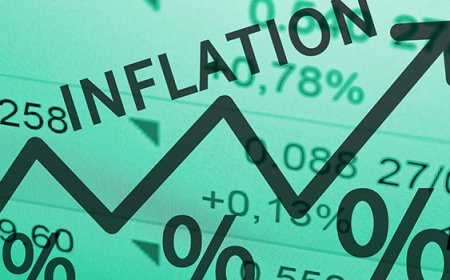The IMF forecasts better prospects for Bangladesh starting from FY26
The IMF forecasts better prospects for Bangladesh starting from FY26
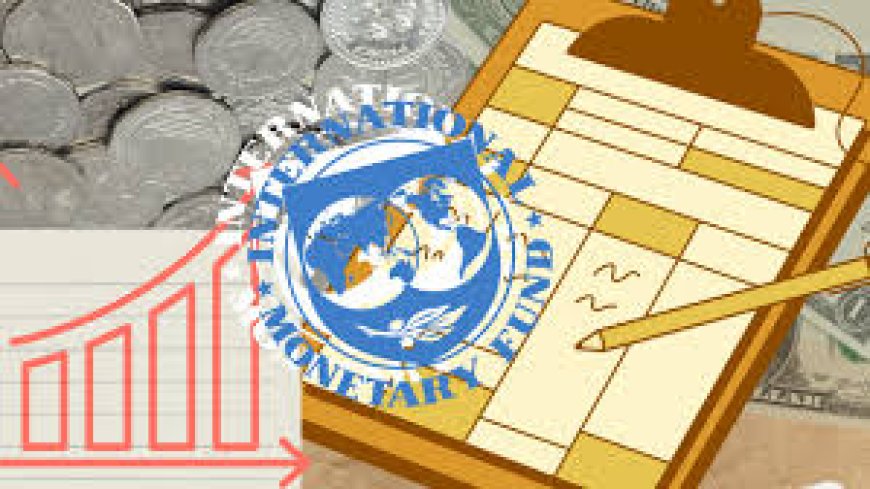
The International Monetary Fund (IMF) stated yesterday that Bangladesh’s economic outlook may improve in the fiscal year 2025-26, with inflationary pressures easing and economic growth picking up. The IMF attributed this positive forecast to several government measures. "We’ve seen similar outcomes in other countries with corrective actions in place… we expect a rebound," said IMF official Chris Papageorgiou during a press briefing at the finance ministry.
Papageorgiou, who led a recent two-week mission to Dhaka, expressed optimism about inflation decreasing in the coming year. On Wednesday, the IMF revised Bangladesh's growth projection for FY25 to 3.8 percent, with a recovery expected to 6.7 percent in FY26. It also forecast inflation to remain around 11 percent in FY25 before dropping to 5 percent in FY26.
"This is a crucial point—once inflation drops to single digits and meets the target range of five to six percent, we will see growth begin to pick up," Papageorgiou said.
He acknowledged that growth had been hindered by disruptions such as the floods in the northeastern region during August and September, along with other earlier setbacks. "A significant portion of the growth slowdown is due to disruptions in July and August, including the unprecedented flooding," he noted.
Looking ahead, Papageorgiou projected a shift towards a positive economic trend from the next fiscal year, with growth momentum rebounding to the stronger levels Bangladesh has seen in the past.
While inflation remains high, the IMF noted that it was driven by both supply-side and demand-side factors. On the supply side, structural issues have contributed to persistent food inflation, while strong aggregate demand has exacerbated inflationary pressures. "Inflation remains much higher than we had anticipated," Papageorgiou said.
This combination of low growth and high inflation has placed additional strain on the country’s balance of payments and foreign exchange reserves. The IMF has been critical of the high levels of non-performing loans (NPLs) in Bangladesh’s banking sector. Papageorgiou pointed out that the actual NPL levels are likely much higher than reported, despite efforts by the interim government to prioritize the sector. He praised the government's focus but acknowledged that the banking sector remains under distress.
The country has shifted from a period of 7 percent growth with low inflation to one with 3.8 percent growth and high inflation, which has put pressure on reserves and the banking sector. The IMF mission chief also highlighted the significant decline in foreign exchange reserves, which have fallen from around $50 billion three years ago to just $20 billion now.
Papageorgiou explained that the IMF program began amid global shocks, including the Russia-Ukraine war and subsequent commodity price increases, which were not fully anticipated. These external factors, combined with domestic challenges like the July-August unrest, have further complicated the economic situation in Bangladesh.
The primary goal of the IMF program, according to Papageorgiou, is to stabilize the economy and restore sustainable growth. "That is our number one goal," he said, emphasizing that Bangladesh will eventually return to a path of healthy growth and low inflation.
What's Your Reaction?







